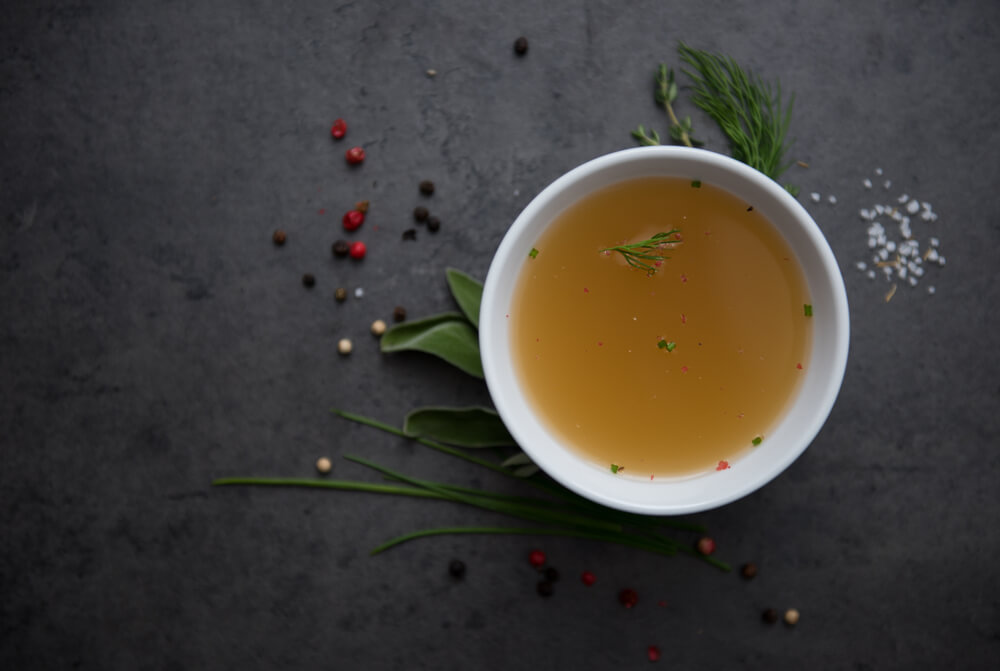
There are a lot of diets, out there—each as unique as the next. From short-term eating plans to long-haul lifestyle changes, the most effective diets are those we’re dedicated to. Sometimes, however, it can be tough to discern real diets from fad diets. While some regimens are indeed too good to be true, others are much more than crash diets.
This brings us to the soup diet: the short-term meal plan designed for quick weight loss. Specifically, proponents of the soup diet have a 10-day limit to fulfill it—pursuing as much as a 15-pound decrease in weight.
Despite myths surrounding 10-day diets, they do have their merits. To understand how these diets work, however, it’s important to know where those 10 pounds are coming from. Even more so: It’s vital to approach this type of diet safely if you indeed intend to take on the challenge.
What’s the Soup Diet?
Soup Diet Uncovered
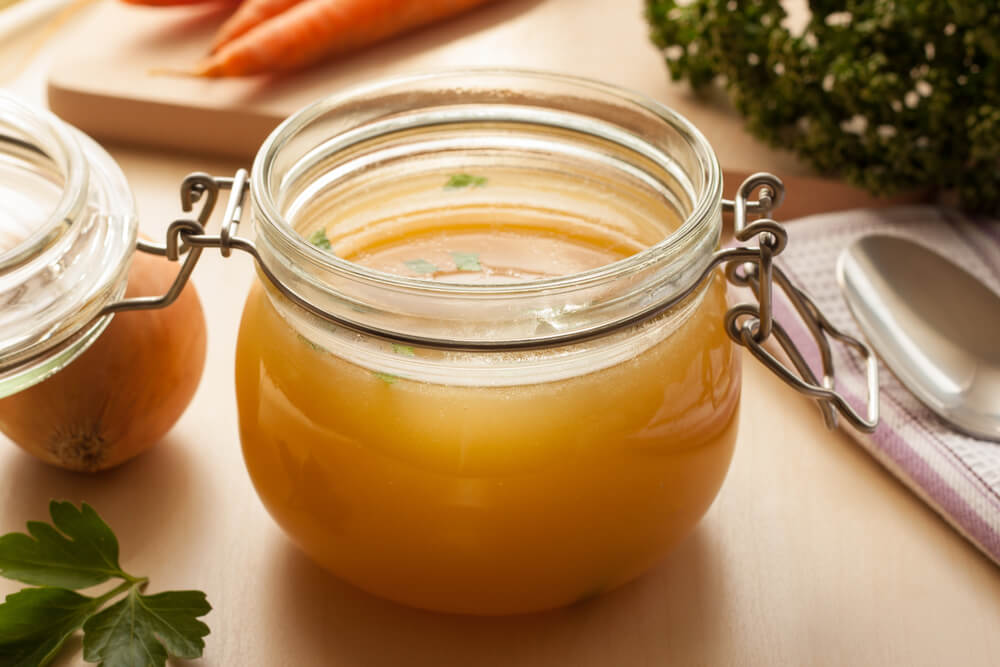
‘The soup diet’ is more of a general term—as there isn’t a specific soup predefined. In essence, the soup diet is a short term, broth-based eating schedule which blends in veggies and lean meats: Even though each meal is soup-based, you’ll ideally get a healthy supply of vitamins, minerals, protein, and fat.
It doesn’t sound so bad, does it?
If done correctly, the soup diet really is one of the healthier short-term dieting endeavors one can dive into. This said, short-term diets are tough to commit to in general—and they can go awry if one isn’t diligent about daily nutrient intakes. Some soup diets follow a ‘broth only’ rule, which quickly wades into dangerous waters:
For those not accustomed to intermittent fasting, radically reducing one’s caloric intake—and for an extended period of time—can be dangerous.
As noted above, this period of time is typically around 10 days. Some soup diets, however, follow a seven-day plan. In some cases—and for advanced dieters—the soup diet can also be stretched to the limit: 14 days.
Where Did the Soup Diet Come From?
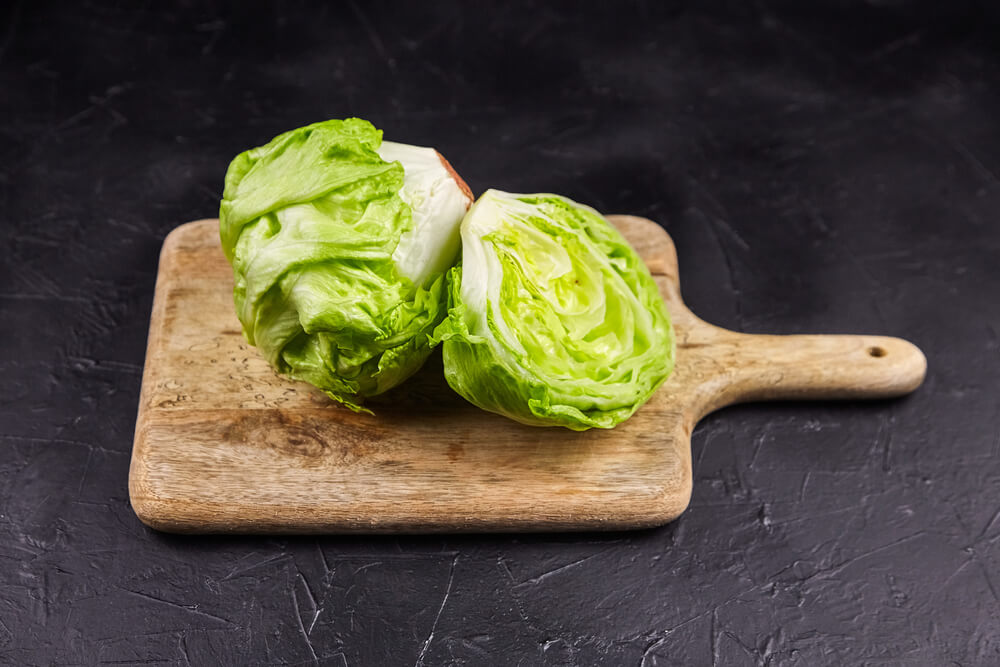
Technically, soup diets have been around for decades. They weren’t popularized until the 1980s, however, when a cabbage-based soup diet became popular. This soup diet lasted seven days, maintaining a 10-pound weight loss goal.
But why cabbage?
It’s a good question, as there are plenty of other veggies to stew. Cabbage was chosen because of its incredibly low caloric content. One bowl of cabbage soup consists of about 50 calories, and the dieter consumes only several bowls per day. The diet takes a hardline approach to caloric deficits—which are the foundation of any weight loss plan.
Even so, experts report that consuming less than 1,200 calories can have serious health repercussions.
On the other hand, it should be noted that the cabbage soup diet didn’t only consist of cabbage. Carrots, onions, tomatoes, and even chicken were part of the mix—fulfilling the dieter’s nutritional needs to an extent. The cabbage diet, by and large, was still rather radical in terms of dieting. Fortunately, diets have evolved quite a bit—and the soup diet has, too.
The Modern Soup Diet
Interestingly enough, the modern soup diet does utilize cabbage as a major cornerstone. Rather than focusing on extremely low-calorie counts, though, modern soup diets prioritize proper nutrient balances to maximize weight loss. Most soup diets, cabbage or no cabbage, are fat-free. Each ingredient is a low-calorie one, the diet itself is approached in cycles—so as to give the body time to adjust.
At the Center: Sodium
Despite sodium being avoided by dieters, it serves a major purpose in modern soup diets. Each cabbage-based bowl is packed with it—so much so, in fact, that a single bowl can constitute 100 percent of a person’s daily recommended allowance.
In the soup diet, however, sodium fulfills the important requirement of electrolytes—which are paramount to one’s health when attempting such short-term diets. The hefty serving of sodium is also paired with plenty of veggies, too, resulting in a maintainable digestion balance:
Each bowl of soup, itself, contains approximately three to five grams of fiber.
The Main Nutrient Source: Bone Broth
It’s inadvisable to take on a broth-only soup diet—but broth, itself, isn’t so bad. Some broths can be incredibly healthy—like bone broth. Bone broth is made by simmering bones, herbs, and vegetables in water for one day. This tends to squeeze out more nutrients than traditional broth—which, in definition, is simply meat-simmered liquid.
Back to the bone broth: Soup diets typically derive bone broth from chicken bones—specifically bones with healthy amounts of cartilage.
When boiled, they release collagen and bone marrow. Both are incredibly nutritious, and one can customize their broth by opting for beef, port, or even fish bones. Once the vegetables are added, a soup based on bone broth becomes, essentially, a liquid supplement.
Facing the Facts: Does the Soup Diet Work?
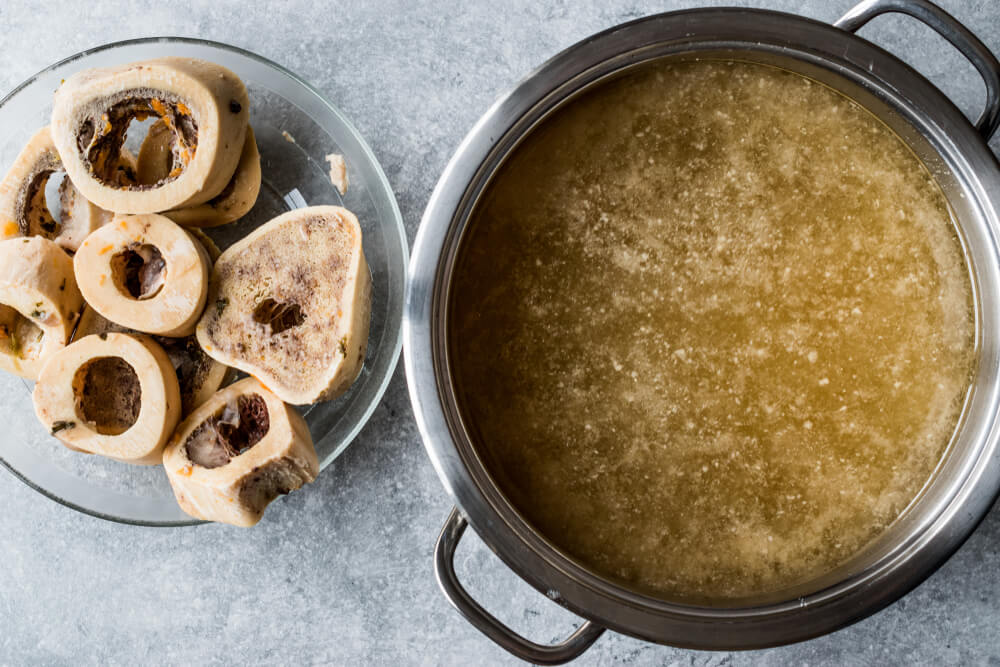
If pursued carefully and diligently, the soup diet does indeed work. To succeed with the soup diet healthily, however, it’s important to avoid any recipe guidelines which follow a caloric intake limit of 1,200 calories or less.
Even though the soup diet doesn’t include an exercise routine, your body still expends calories throughout the day.
If your caloric intake isn’t sufficient, it’s all too easy to encounter the dangers of blood sugar imbalances, electrolyte imbalances, fatigue, and more.
The Basic Ingredients
Because many types of soup diets exist, the ingredients used to brew them can vary wildly. We suggest browsing soups with bone broth, but the soup’s contents are best determined by yourself—as personal preference, the current level of health, underlying conditions, and goals all come into play.
As an example of a soup diet’s daily meal spread—which consists of five bowls of soup—the ingredients below offer a quick snapshot of the ingredients you’ll likely encounter:
- ½ head of large cabbage, sliced into bite-sized sections
- Two diced onions
- Two green peppers
- Three carrots, sliced into bite-sized sections,
- 12 cups of water—stewed into bone broth
- Two cloves of garlic, diced
Other Limitations to Consider
Even though the soup diet’s primary restrictions are soup-based, there are some other boundaries to be aware of. Not all ingredients are suitable for the diet’s soup—including bananas, eggs, and potatoes.
Whole and reduced-fat dairy products should be avoided as well.
In their place, however, you can still craft your preferred choice from beef, brown rice, skim milk, sugar-free juice, apples, and even berries. These ingredients are certainly tasty, although it’s advisable to double-check your specific diet’s parameters—as some ingredients should only be included on certain days.
The Benefits of Soup-Based Dieting

Even though most soup dieters take up the challenge to lose weight, others approach it for the other health benefits it proposes. It should be known, first, that most of the weight lost within the soup diet’s course—roughly 10 pounds within 10 days—won’t consist entirely of fat.
It’ll mostly be water weight—which can quickly return if a healthy diet isn’t adhered to immediately after the soup diet has been completed.
Anti-Inflammatory Properties
A soup based on bone broth and cabbage makes this quite easy, however, as it already poses the nutrients your body will need, in the long run, to stay healthy and fit. As for a direct health benefit: Dietitians often purport that cabbage has anti-inflammatory properties—making it a healthy meal choice for those keen on regulating their metabolism.
Experts also suggest that cabbage can regulate blood sugar levels, making it particularly healthy for those at risk of diabetes. Even though this at-risk group is advised to stay away from the soup diet’s intensity, adopting a cabbage-filled diet, in general, is certainly a good idea.
Plenty of Vitamin C
Another significant feature of cabbage-based soup diets is their vitamin C content. A one-cup serving of raw cabbage, shredded, can provide as much as 25 milligrams of vitamin C—making it an excellent source. When consumed alongside lean proteins and other vegetables, cabbage soup is a fine addition to any meal in general. Even if you decide not to take on the soup diet, including the recipe into your weekly meal plan will only make it more nutritious.
Following the Soup Diet: Selection and Safety
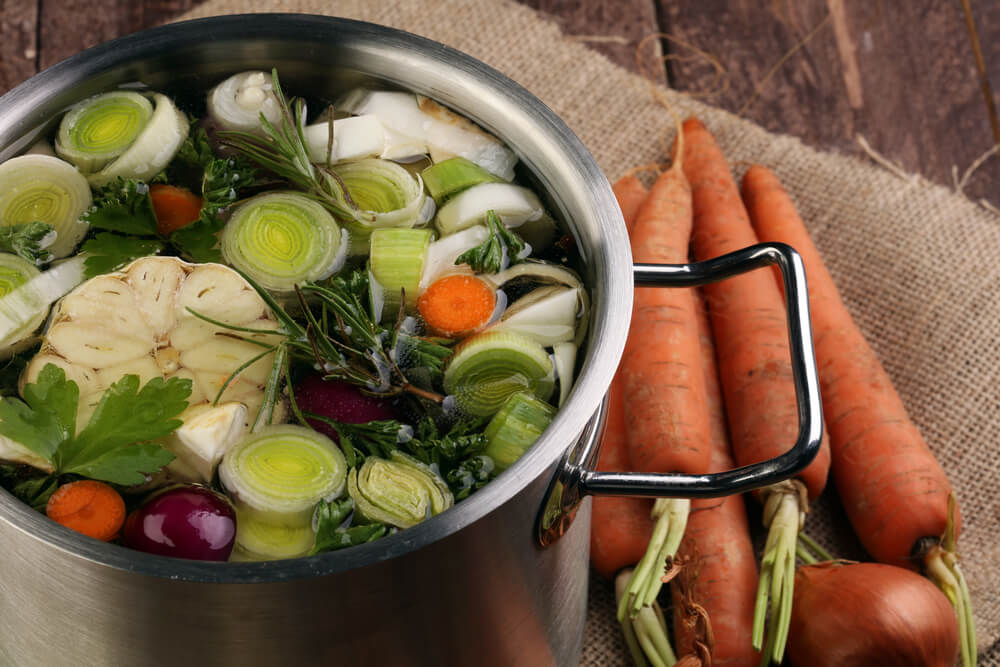
We’ve focused on the cabbage soup diet, primarily, because it’s the most prevalent. This said, there are other soup diets which depart from cabbage completely.
One such diet is the bean soup diet—which substitutes cabbage with low-calorie servings of beans and other vegetables. As with most soup diets, the bean soup diet focuses on oil-free ingredients exclusively—but it also avoids some of the fruit ingredients which the cabbage soup diet allows. Even though beans pack plenty of nutrients in their own right, bean-based soup diets aren’t frequently said to be more conducive to weight loss when compared to cabbage soup diets.
Conclusion
If you’re about to embark on a dieting journey, whatever it may be, it’s always a good idea to discuss it with a healthcare provider. Every person’s body is different—and every diet has the potential to create health risks. Where the soup diet is considered specifically: Talk with your provider about pursuing a low-calorie meal plan and ask for guidance about how to best prepare for it.
Jumping into a highly restrictive, low-calorie diet without previous dieting experience can be dangerous—especially for those with previous or ongoing health concerns.
By training yourself to diet over time, however, you can engage an incredibly healthy lifestyle. Some low-calorie diets—when meeting at least minimum caloric requirements—can revitalize and empower the body. It’s possible to eat less and feel fuller, regardless of one’s chosen diet. As long as your meal plan covers each core nutrient base, you’re good to go.
So, what’ll be on your stovetop?
-Terry Asher
Terry Asher
Latest posts by Terry Asher (see all)
- Better Family – Product Review Liquid Daily 2 oz - Dec 16, 2024
- Post-Workout Recovery: The Key to Optimal Performance - Nov 25, 2024
- Pre-Workout Supplements – Everything You Need To Know - Nov 18, 2024












[…] Source link […]
[…] This article was originally published by Gymjunkies.com. Read the original article here. […]
[…] Read The Entire Article By Terry Asher Here. […]
[…] Source link […]
[…] Source link […]
Thanks! I love it